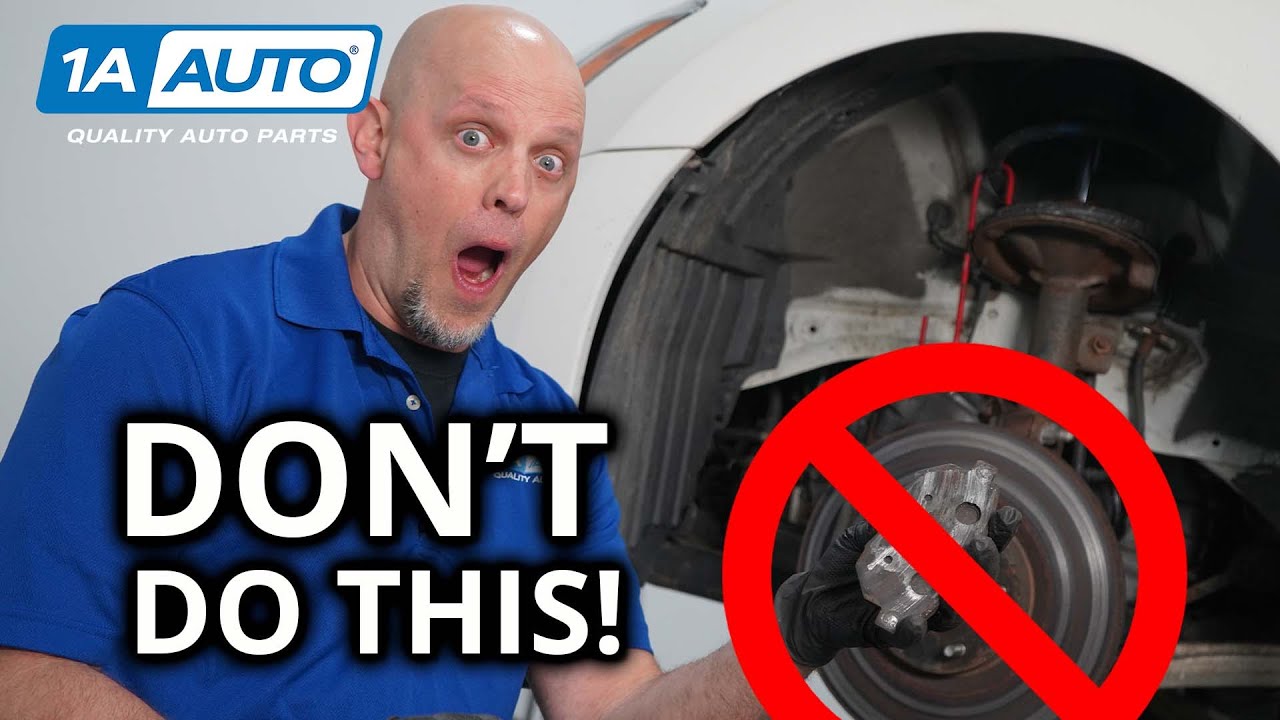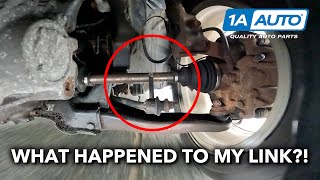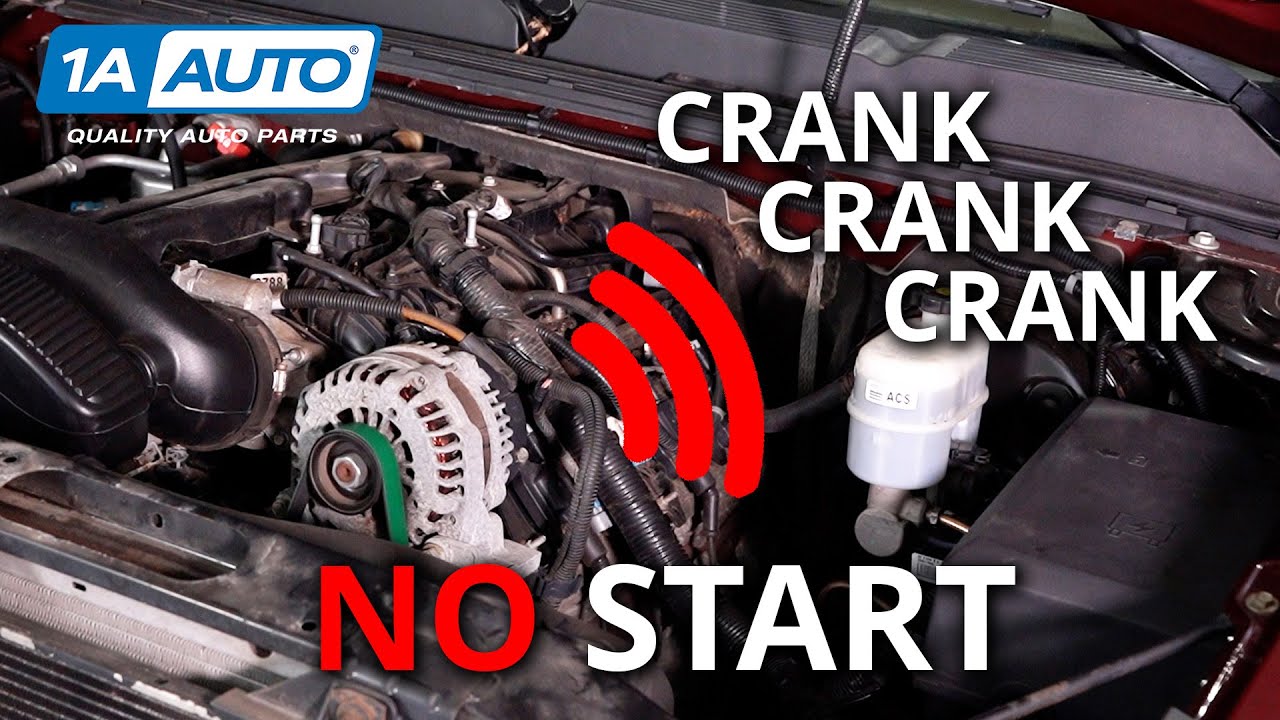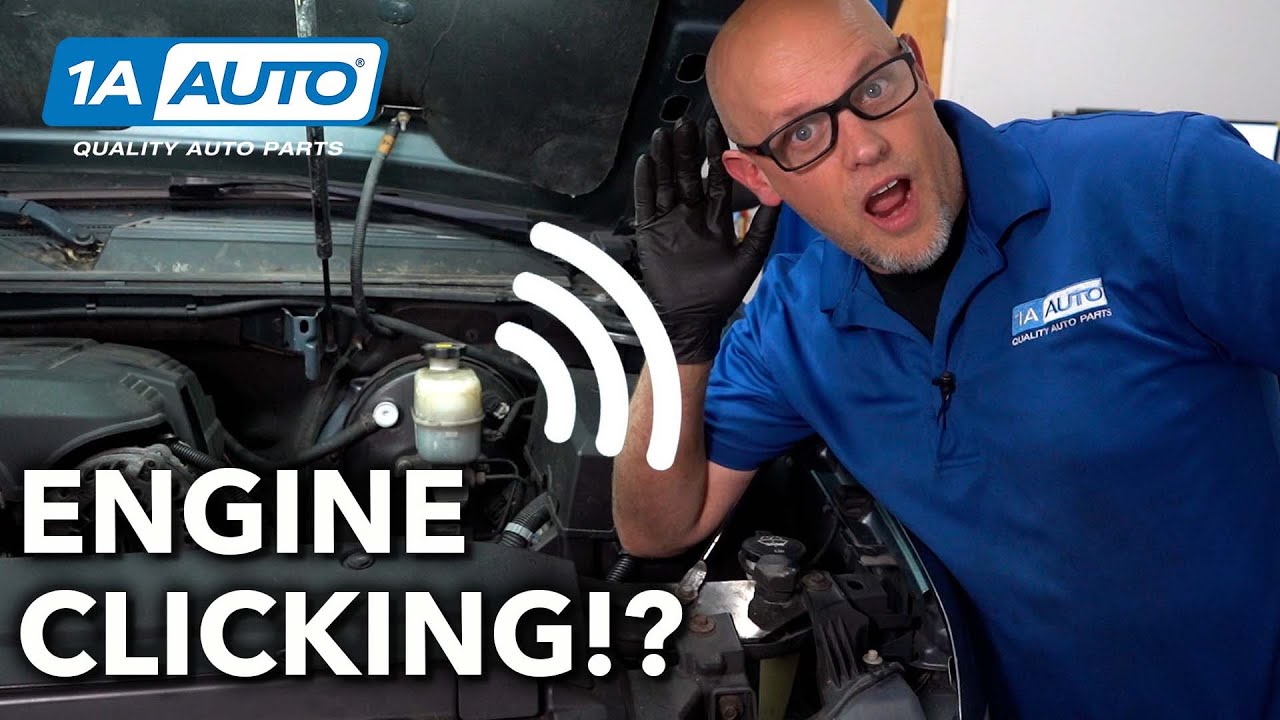Volkswagen Passat
-
Notify When Available
Replaces Front 2 Piece 21in Wiper Blade Set TRICO Sentry TPWWS00576
Brand: TRICO Sentry- TPWWS00576$47.95Save 38%List $77.95 Save $30.00Brand: TRICO Sentry - TPWWS00576$47.95Save 38%List $77.95 Save $30.00 -
Notify When Available
Replaces VW Audi Rear Semi-Metallic Premium G-Coated Brake Pad & Rotor Kit TRQ BKA24243
Brand: TRQ- BKA24243Out of Stock
$ 99.95Brand: TRQ - BKA24243Out of Stock
$ 99.95 -
Notify When Available
Replaces VW Audi Front & Rear Ceramic Premium G-Coated Brake Pad & Rotor Kit TRQ BKA23023
Brand: TRQ- BKA23023Out of Stock
$ 254.95Brand: TRQ - BKA23023Out of Stock
$ 254.95 -
Notify When Available
Out of Stock
$ 126.95Brand: TRQ - IMA93528Out of Stock
$ 126.95 -
Notify When Available
Replaces VW Passat Tiguan Rear Driver & Passenger Side 2 Piece Coil Spring Set Suplex SXSSP00008
Brand: Suplex- SXSSP00008$164.95Save 33%List $244.95 Save $80.00Brand: Suplex - SXSSP00008$164.95Save 33%List $244.95 Save $80.00 -
Notify When Available$164.95Save 33%List $246.95 Save $82.00Brand: Pierburg - 7.02074.89.0$164.95Save 33%List $246.95 Save $82.00
-
Notify When Available
Replaces VW Audi Porsche EGR Vacuum Delay Valve Pierburg 7.02256.00.0
Brand: Pierburg- 7.02256.00.0$51.95Save 42%List $88.95 Save $37.00Brand: Pierburg - 7.02256.00.0$51.95Save 42%List $88.95 Save $37.00 -
Notify When Available
Replaces VW Audi Rear Ceramic Premium G-Coated Brake Pad & Rotor Kit with Calipers TRQ BKA26591
Brand: TRQ- BKA26591Out of Stock
$ 219.95Brand: TRQ - BKA26591Out of Stock
$ 219.95 -
Notify When Available
Out of Stock
$ 49.95Brand: TRQ - BPA03811Out of Stock
$ 49.95 -
Notify When Available
Replaces VW Audi Rear Passenger Side Brake Caliper with Mounting Bracket TRQ CLA47202
Brand: TRQ- CLA47202Out of Stock
$ 82.95Brand: TRQ - CLA47202Out of Stock
$ 82.95
It's Dashing; It's Quantifying; It's Passat
Originally known as the Dasher, the Passat debuted in North America for 1974. It had the same mechanics as the Audi 80—then known as the Fox—but you wouldn't have noticed at first glance. From the sleek hatch back style to the bulky station wagon, the Dasher offered a fresh alternative to the once-ubiquitous Beetle and hippie-styled Microbus. Essentially known as the Passat everywhere else, it didn't differ too much from its European brother. Really, the most noticeable difference was the rounded headlights over the boxy ones found on European models. With only one engine available, all early models ran on a 1.5-liter inline-four engine that kicked a whopping 75 horsepower. Thankfully owners had another option in 1976 with a 1.6-liter engine that upped the horsepower to 78. What the early Dashers lacked in power they made up for in fuel mileage, a crucial asset in an era plagued with emission regulations and a gas crisis.
The end of the generation brought a redesign and a diesel version that eventually became the sole engine option on the 1981 model. The North America vs. the world naming system carried over to the second generation. The Dasher became the Quantum—known as the Santana virtually everywhere else. The 1.7-liter engine was down on horsepower at 74, and Volkswagen designed and marketed the Quantum as a family wagon, so other than the name change, B1 to B2 platform switch, and the dropping of a diesel engine, it wasn't that different from its predecessors. In order to spice up the now banal sedan, Volkswagen dropped a 2.1-liter fuel-injected five-cylinder engine capable of 100 horsepower in the GL5. This was a much preferred alternative to the turbocharged diesel engine that lowered the horsepower down to 68 for the 1983 model. The sedan was the only model attracting buyers by the end of the ‘80s, and sales were weak, so the Quantum disappeared for the '89 model year.
Faster, Better, Bigger
Built on the B3 platform and finally distinguishing itself from related Audi models, the new Passat made its way into America for the 1990 model year. Lauded for its interior size, it also came with a decent engine-a 2.0-liter four-cylinder with 134 horsepower. This improved to a 2.8-liter V6 with 178 horsepower on the high-trim GLX. Its performance changed the image of the Passat and came in all models by 1993. VW restyled the Passat to a conventional and aerodynamic design that looked nothing like its past models. Once seen as a somewhat boring, sluggish car, the Passat was a viable option in its class with modern looks and peppy acceleration. As usual, Volkswagen released a turbodiesel engine by the end of the generation, this time with an improved output of 90 horsepower.
The ascension didn't end there. Again VW offered a nice engine with the 2.8-liter V6 with 190 horsepower on the GLX sedan. For anyone looking for a car with decent performance, the sedan or the spacious wagon, which received the V6 in 2000, appealed to families and everyday drivers alike. A year later, VW redesigned the Passat into a more rounded form, offered all-wheel drive, and, in 2002, offered a 4.0-liter eight-cylinder engine that kicked 270 horsepower. The 4.0 liter engine was a fairly unusual design, a W8. The W8 was essentially two V4s mounted together with a common crankshaft. The engine had a roughly square footprint, allowing VW to fit a big engine in a small space. At the time, most drivers saw any car with the 4.0-liter "W8" as a premium upgrade.
Passat Today
The fifth and current generation has also made giant leaps for Volkswagen. This generation introduced the CC (Comfort Coupe), which is now seen as a separate top-line model, altogether. It has stayed true to its roots, offering a roomy midsize sedan or wagon with a turbocharged, diesel, or V6 engine. The V6 can nearly reach the W8's capabilities with 280 horsepower. Whether it's a car for the family or the daily commuter, the comfort, space, and engine options have made and continue to make the Passat an excellent option for the typical driver.















